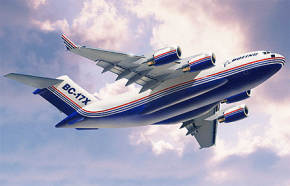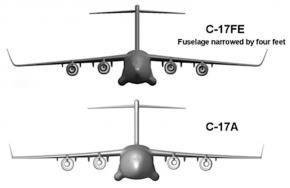Boeing reported a first-quarter Q1 loss of US$641 million as the company continues to deal with the grounding of its best-selling 737 MAX fleet

asianaviation.com
This article not only talking about how stress out Boeing financial condition is, however also talk about how Boeing will see that 2019 flight traffic condition will only back by early 2022.
This in my opinion shown the Boeing-Embrear deal falls much more related to Boeing financial condition, and not on Boeing possition that Embrear is in fault.
The article above also related from what IATA think. Those discussions on what IATA want to propose, agree is not going to give back the level of Flight traffic to 2019. However it will bring back more traffic's from now.
Several ideas that being discussed by IATA and travel industry (again I only got this from my clients on the Industry), besides getting certification of COVID 19 free for Immigration;
Airlines operate only 50%-60% capacity per flight, limiting multiple used facilities like pillow, blankets, and modified food containers, there's also suggestion for crew to always used mask and gloves and making mandatory to all travelers to wear masks.
Also some suggestions quite expensive like for Airlines to modified their air circulation system with additional filtering. If not mistaken they are talking on putting disposable additional filters that will be change each flight.
Again all this just ideas that the industry and IATA talking that aimed to the increase level of confidence on flight. There will be segment of population that will not touch traveling with Airlines for some time. However there're also segment of population that need to go back for Airlines travels especially for Business-Commercial need.
There are also some tourists that will go back traveling even without availability of vaccines yet. You can see millennials will go back on traveling more than older generations.
True, vaccines will in the end determine when everyone else go back to travel. However for Industry, getting half capacities is already good enough to survive during this time. At least until end of years.
Some airlines in the nations especially with large diverse area like Indonesia, got business at this moment by flying cargo. Both cargo and 50% capacity of passenger traffic's I believe is the best that Airlines industry can hope up to end of this year or even first half of 2021.



